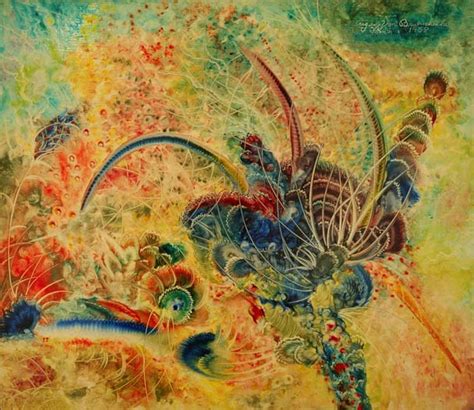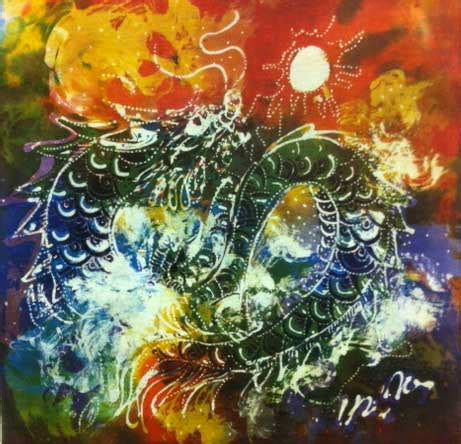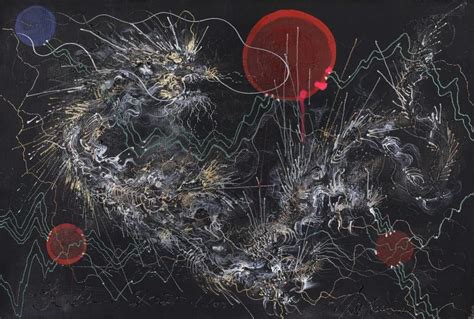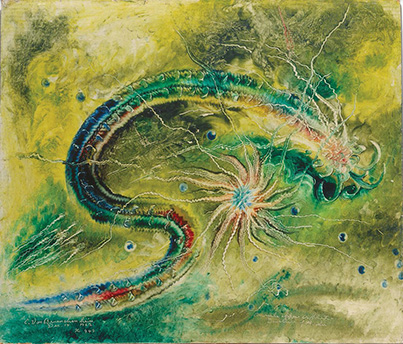Grandma Moses, born Anna Mary Robertson Moses, is celebrated for her enchanting depictions of rural American life. Beginning her painting career in her late 70s, she became an iconic figure in American folk art, capturing the simplicity and charm of pastoral landscapes. Her artwork reflects not only a personal narrative but also the geographic and cultural elements that shaped her world. This article delves into the geographic inspirations present in her work, exploring how her environment influenced her artistic vision. By examining the rural settings, seasonal changes, and community life portrayed in her paintings, we gain insight into the cultural and historical significance of these geographic elements within her timeless art.
Come join ritarblog.com in exploring this topic extensively.
1. Introduction to Grandma Moses
Born Anna Mary Robertson in 1860, Grandma Moses is a celebrated figure in American folk art. While she spent much of her life as a farmer’s wife, her artistic journey began late, around the age of 78, when arthritis made it difficult to continue her embroidery. What started as a casual hobby soon transformed into a remarkable painting career, elevating her to a prominent position in the art world by the mid-20th century.
Grandma Moses, renowned for her intricate portrayals of rural life, crafted vivid landscapes that embodied the spirit of the American countryside. Her paintings frequently drew inspiration from the scenes and memories of her own life in upstate New York and Virginia. Primarily focusing on the rhythms of everyday life, her work captured farm chores, seasonal activities, and community gatherings. These simple yet evocative scenes garnered widespread acclaim for their nostalgic charm and authentic depiction of a bygone era.
Though she lacked formal training, Grandma Moses developed a unique artistic style. Her paintings, bursting with vibrant hues, intricate details, and a masterful sense of composition, are a joyous tribute to American rural life and its history. Through her work, viewers are transported to a bygone era, experiencing the charm and simplicity of a vanished world. Her late start and ultimate success stand as proof of the enduring power of her art and its continued cultural significance.

2. Geographic Influences in Her Artwork
Grandma Moses’ artwork is deeply rooted in the geography of her life. Born in upstate New York, she spent much of her time surrounded by the picturesque landscapes of rural America: rolling farmlands, sprawling fields, and dense forests. These environments profoundly influenced her artistic vision, as most of her paintings vividly capture the everyday life of the American countryside.
Grandma Moses’s paintings, featuring rolling hills, shifting seasons, and small-town scenes, are a reflection of the rural environments that shaped her. Her landscapes often stemmed from childhood memories and the familiar sights she encountered throughout her life. From winter’s snowy landscapes to spring’s vibrant greenery, Grandma Moses captured nature’s essence, showcasing both the beauty and simplicity of rural life.
Her art, rooted in the geographic features of her familiar landscapes, yielded a collection that not only pays homage to the natural world but also safeguards the cultural legacy of American rural communities.

3. Depiction of Rural Life
Grandma Moses’ paintings are celebrated for their vibrant portrayals of rural life, capturing the everyday routines and seasonal events of small farming communities. Her art serves as a window into a bygone era, depicting scenes of farm tasks, village gatherings, and festive celebrations, all imbued with a sense of warmth and nostalgia. From the bustle of harvest season to the joy of winter sledding and family gatherings on the homestead, her work reflects the profound connection between people and the land in rural America.
Moses possessed a remarkable talent for portraying not just the physical terrain but also the vibrant human life that breathed within it. Her canvases frequently showcase diminutive, bustling figures immersed in activities like tilling the soil, caring for animals, or reveling in seasonal celebrations. These spirited scenes are set against a backdrop of undulating hills, rustic barns, and charming country abodes, conjuring an atmosphere of community and an harmonious coexistence with nature.
Moses’ art captured the essence of rural life, preserving traditions, values, and the communal spirit that were fading as industrialization and urbanization swept across America. Her depictions transcended simple nostalgia, celebrating a way of life deeply rooted in hard work, family bonds, and the rhythms of nature. Through her art, she offered viewers a timeless and idyllic vision of the American countryside.

4. Cultural and Historical Context
Grandma Moses’ artwork was a product of the cultural and historical landscape of the rural communities she called home, offering a distinctive glimpse into a rapidly evolving America in the late 19th and early 20th centuries. Born in 1860, she was a witness to the metamorphosis of American society, transitioning from an agrarian economy to a more industrialized nation. Her paintings, however, celebrated the idyllic, slower rhythm of rural life that was fading during her time, presenting a contrasting view to the modernizing world around her.
Central to her work was a celebration of self-reliance, family, and community values, the very essence of rural American culture. Her scenes frequently portray communal activities such as barn raisings, church gatherings, and seasonal events like harvesting or sledding, thereby emphasizing the strong communal bonds that characterized rural life.
Moses’ work evokes a longing for a simpler time, a time before urbanization and industrialization swept across America. As people migrated to cities and technology revolutionized everyday life, her paintings served as a powerful tool of cultural preservation, capturing the essence of a bygone era. With each brushstroke, she celebrated a way of life deeply connected to the land and its traditions, offering solace and a sense of belonging to those navigating the turbulent tides of rapid social transformation.
5. Artistic Techniques and Style
Grandma Moses’s art is instantly recognizable for its unique blend of simplicity and vibrant color. Her work often employs a naive art style, stemming from her lack of formal training, which adds to its charm and authenticity. Using oils on canvas, she painted bold, bright hues to capture the landscapes and scenes of rural life, evoking a sense of warmth and nostalgia.
Moses’s paintings are characterized by a detailed, narrative style, featuring numerous small figures engaged in diverse activities within the landscape. This approach encourages viewers to examine the artwork closely, uncovering the intricate details of everyday life. Moreover, her work demonstrates a strong sense of perspective and spatial arrangement, skillfully guiding the viewer’s eye through her depictions of rural scenes.
Grandma Moses’ art resonated with a wide audience due to her ability to connect emotionally with her subjects and capture the beauty of nature. Her unique style not only encapsulated the essence of rural life but also showcased her deep appreciation for the world around her.
6. Interpretation of Geographic Elements
Grandma Moses’ artwork is deeply rooted in the geography of her rural surroundings. Her paintings vividly depict the natural beauty of upstate New York, showcasing rolling hills, vast fields, and dense forests. These geographic elements go beyond mere background scenery; they are woven into the very fabric of her narratives, enriching both the cultural and emotional essence of her subjects.
Moses masterfully depicts the changing seasons, using the geographic landscape as a canvas to reflect the passage of time. Winter’s snow-covered fields, spring’s blooming flowers, summer’s lush greenery, and autumn’s rich colors all showcase her keen observation of the natural world. This seasonal variation adds depth to her paintings, illustrating the cyclical nature of rural life.
Furthermore, the inclusion of farm structures like barns and houses within these landscapes strengthens the link between people and their surroundings. These elements embody the cultural identity of rural communities, highlighting the harmonious relationship between the land and its residents. Through the incorporation of these geographical features, Grandma Moses not only creates a sense of place but also narrates a tale of resilience, tradition, and the enduring beauty of rural American life.
7. Impact and Legacy
Grandma Moses’ influence on the art world and American culture is both profound and lasting. Her emergence as a celebrated artist in the mid-20th century not only propelled folk art into the mainstream but also emphasized the worth of self-taught artists. During a period when modernism held sway in the art scene, her vivid, nostalgic portrayals of rural life struck a chord with many, presenting an alternative perspective that cherished traditional values and the beauty of ordinary life.
Her legacy extends beyond her artwork; she became a symbol of creativity and perseverance. Starting her career in her late 70s, Grandma Moses inspired countless individuals to pursue their passions, regardless of age or formal training. She challenged societal norms about aging, proving that it is never too late to embark on a new journey.
Through exhibitions, books, and various forms of media, Grandma Moses’ art continues to be celebrated, ensuring her unique perspective on rural American life remains impactful. As a pioneer of American folk art, her work invites viewers to appreciate the simple pleasures of life and the value of community. Her legacy endures in the hearts of those who find beauty in the ordinary, making her a timeless figure in both art and culture.
8. Conclusion
Grandma Moses’ artwork is a stunning testament to the beauty and depth of rural life, preserving the spirit of a time gone by through her lively landscapes and captivating stories. Her talent for depicting the geographical features of her surroundings, coupled with her distinctive artistic touch, fosters an enduring link between the observer and the world she knew intimately.
Grandma Moses’ paintings captured the essence of rural life, showcasing the changing seasons and daily routines of local communities. Her artwork not only preserved these scenes but also the cultural heritage of a simpler way of life. Her remarkable journey from untrained artist to celebrated figure in American folk art serves as a testament to the power of creativity, resilience, and passion.
Her legacy endures, inspiring future generations. It reminds us to cherish the beauty in everyday moments and to value our connection to nature and our communities. Through her art, we are invited to contemplate our own lives and the landscapes that influence our experiences. Her influence will undoubtedly continue to resonate for years to come.
ritarblog.com

